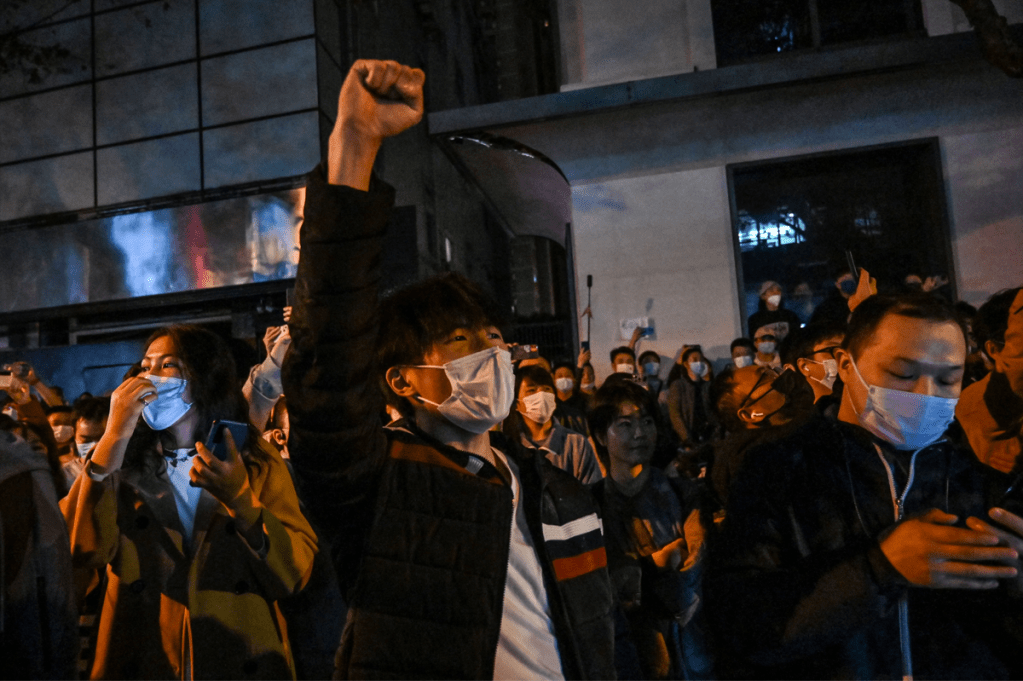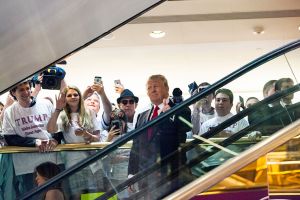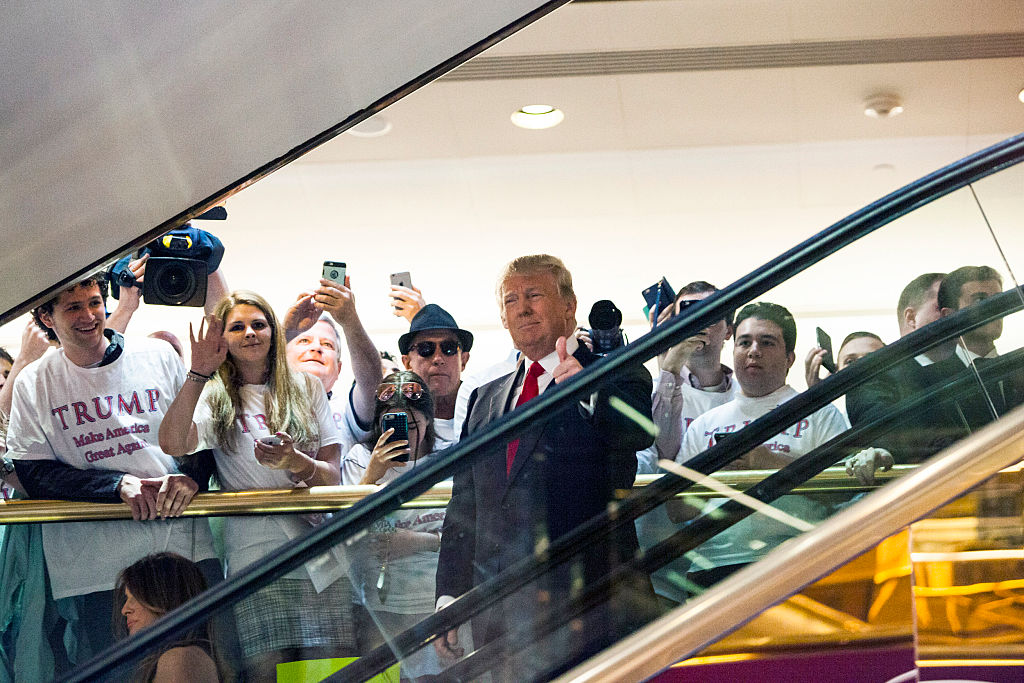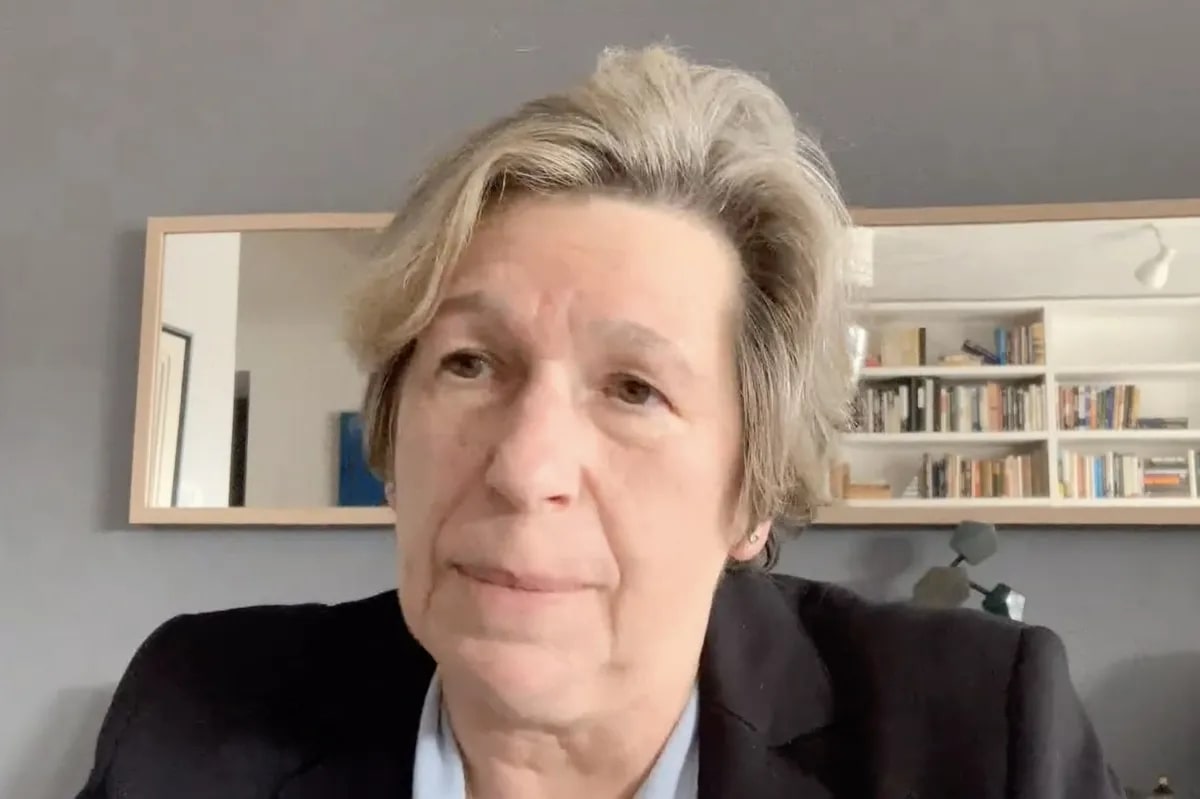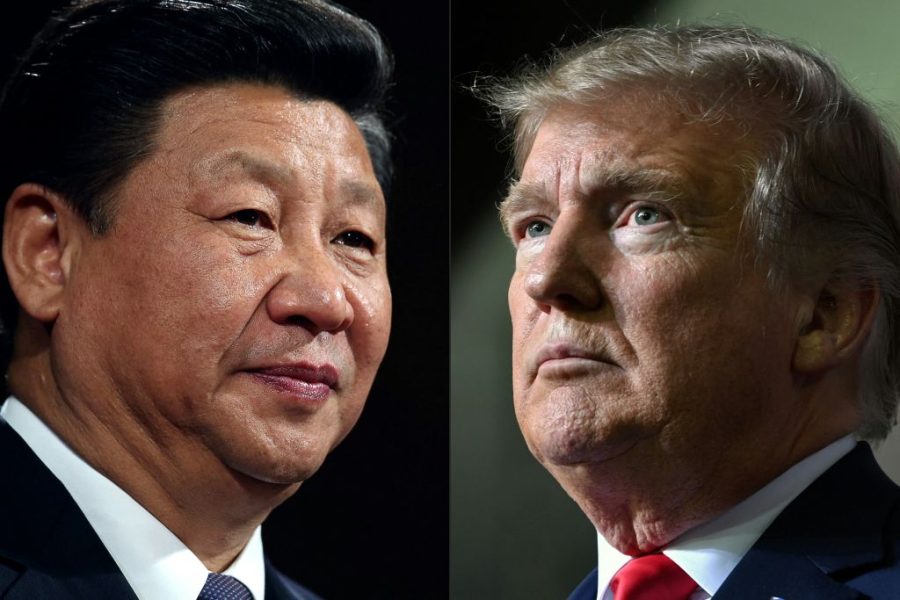Protests appear to be breaking out in several major Chinese cities in what has been a week of horrors for China’s zero-Covid policy. Rare displays of public anger have risen to levels not seen since the Shanghai lockdown, and perhaps even since the death of the whistleblower doctor Li Wenliang three years ago. Chinese social media lit up the night he died, and a similar level of frustration and pain is being shared online right now.
The latest tragedy is the death of ten people after a fire broke out in their locked-down high rise in Urumqi, the capital of the remote region of Xinjiang — leading to angry scenes and video on Saturday night. There are reports of police using pepper spray, with posts about protests on social media being immediately deleted.
One video shows crowds in Urumqi amassing outside a government building demanding an end to lockdown. Another shows university students in Nanjing (my home city, on the other side of China to Urumqi) gathering on campus: “I am speaking for those whose family members died in the fire. I am speaking for all my suffering compatriots across the country.” In universities across the country, students are posting banners repeating the slogan of the Bridge Man: “Food, not Covid tests. Freedom, not lockdown.” Protests seem to have broken out in Shanghai, Beijing and Wuhan.
This has been a testing week for Chinese patience. Already, public confidence in the zero-Covid policy was at a low. Earlier this month the government claimed it had “optimized” its pandemic control by reducing quarantine days and other measures. The city of Shijiazhuang, population 11 million, opened up overnight. But as I wrote at the time, the government needed to steel its nerves in the face of rising infection numbers if China was to have any hope of opening up in future. In the end, just nine days later as infections rose, Shijiazhuang was locked down again. The authorities’ flip-flopping destroyed any hope that the end to zero Covid was in sight.
Across the country, local governments ended up trying to obey the will of Beijing while controlling the situation on the ground by locking down their districts without calling this a “lockdown” (euphemisms include “fluid management” and “a period of silence”). Analysis from the brokerage firm Nomura shows that a record number of 412 million people in China are under some kind of lockdown measures right now.
Then came the Qatar World Cup. Despite China’s shockingly poor performances (its only appearance in the World Cup was 2002) the Chinese love watching soccer. And footage of stadiums packed with fans from all over the world have gone down like a cup of cold vomit there (as pictures of the Wuhan pool parties once did here). As state broadcaster CCTV streamed the matches, social media users pointed out that the same channel had been, for years, lambasting the Covid hell that the rest of the world is living in without zero Covid.
Wow – side by side comparison of CCTV broadcast of World Cup and the Fifa stream. When Fifa shows crowds, CCTV now cuts to footage of coaches or players. Seeing maskless crowds has angered so many in China this week 👇 https://t.co/VlSwbRFTxf
— Cindy Yu (@CindyXiaodanYu) November 27, 2022
Other social media users pointed out the broadcasts of World Cup footage by CCTV now cut away from maskless fans while official FIFA streamed video showed them. One now censored WeChat post asked, “Are we living on the same planet?” Sports fans were also dismayed to learn that the Shanghai Grand Prix has also been canceled for the fourth year in a row, because of China’s quarantine rules.
This week also saw violent clashes between Foxconn factory workers and local police wearing hazmat suits. Many workers had been newly signed on after the factory saw an exodus of staff when the nearby city of Zhengzhou locked down. The factory itself instituted a “closed-loop system” which means workers are living on the site to keep the production line going and virus numbers down. But these new workers ended up protesting over a pay dispute and against being put in the same dormitories as positive cases. In a past era, these workers’ protests may not have received much attention nationally or globally, but through videos filmed on their smartphones, awareness of the protests has spread quickly.
On the second night of protests, 2,000 miles northwest of the Foxconn factory, a fire broke out in a residential compound in Urumqi. Ten died. Neighbors videoed the inferno on their phones, triggering yet another wave of anger online. Some pointed out that the youngest victim was only three and had lived almost his entire life under zero Covid. Others speculated that doors had been sealed in the block as part of the lockdown, meaning victims couldn’t escape.
Late on Friday night, the Urumqi authorities made things worse with a press conference which seemed to blame the victims for their “lack of survival know-how.” Fury, and protests, ensued. Whether the fire was made worse by lockdown or not, the tragedy and the callous official response confirmed what many already suspected: their lives are cheap in the name of pandemic control.
The Chinese censors are playing catch-up, erasing evidence of the worst incidents. On WeChat, I asked a family member in Nanjing if they saw what happened in Urumqi. He replied, “you’ll know more than I do.” Yet at moments like this — like the Shanghai lockdown and the death of Li Wenliang — the censors simply cannot silence everyone. At one point, people shared a blog composed entirely of black squares, each symbolizing a redacted Chinese character (which led to the ludicrous situation of the censors removing a wordless post). When responding to the official explanations online, people sarcastically agree by writing, “Yes yes yes yes yes” or “OK OK OK OK.” Some wrote “I saw it” — a refrain previously used by people online to say they had seen the footage of a man unfurling a protest banner in Beijing as last month’s National Party Congress began.
Will any of this amount to a change in policy? Perhaps — even authoritarian governments need to monitor and respond to public opinion. But most likely Beijing will blame incompetent or overly bureaucratic local officials (who are consistently the government’s most effective human shields).
No reopening can happen without Beijing being confident that the country’s healthcare system won’t be overrun and that its leaders won’t be blamed for mass deaths. And none of that can happen without better vaccine coverage. In the meantime, the Chinese are realizing that a more dictatorial era of politics has returned. Some of them are finding the courage to say something about it.
This article was originally published on The Spectator’s UK website.



